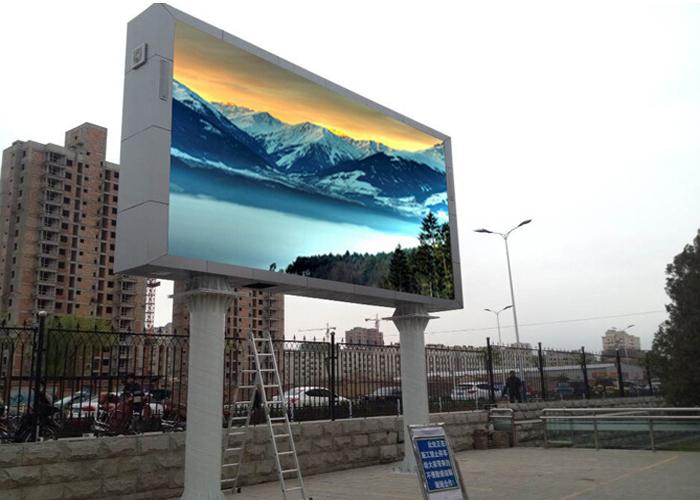LED display brightness discrimination level refers to the brightness level from the darkest to the whitest pictures that can be distinguished by human eyes. As mentioned above, some of the gray levels of the display screen are very high, which can reach 256 or even 1024 levels. However, due to the limited sensitivity of human eyes to brightness, these gray levels cannot be completely recognized. That is to say, maybe many people with adjacent gray levels look the same. And the ability to distinguish between eyes is different for everyone. As for the display screen, the level of human eye recognition is naturally the more the better, because the pictures displayed are for people to see after all. The more brightness levels the human eye can distinguish, the greater the color space of the display screen, and the greater the potential of rich colors. The brightness discrimination level can be tested by special software. Generally, the LED display screen rental can reach level 20 or above, which is a better level.
Nowadays, the so-called 4096 gray level or 16384 gray level or higher of some domestic control system suppliers refer to the size of gray space after nonlinear transformation. Level 4096 uses 8-bit to 12 bit non-linear conversion skills, while level 16384 uses 8-bit to 16 bit non-linear conversion skills. If the 8-bit source is used for nonlinear conversion, the space after conversion is certainly larger than that of the 8-bit source. Usually at least 10. As if the gray level is the same, the larger the LED display rental parameters, the better. Generally, 12 bits can be changed to meet the requirements.

What are the brightness requirements for LED display rental screen?
Generally, the brightness request is as follows:
(1) Indoor: > 800cd / m2
(2) Semi indoor: > 2000cd / m2
(3) Outdoor (south facing north): > 4000cd / m2
(4) Outdoor (facing south): > 8000CD / m2
What is the brightness requirement of red, green and blue in white composition?
Red, green and blue are different in the fineness of white. The basic reason is that the retinas of human eyes feel different light at different wavelengths. Through a lot of tests, the following approximate proportion is obtained for reference
The brightness ratio of red, green and blue is 3:6:1
The accurate brightness ratio of red, green and blue is 3.0:5.9:1.1